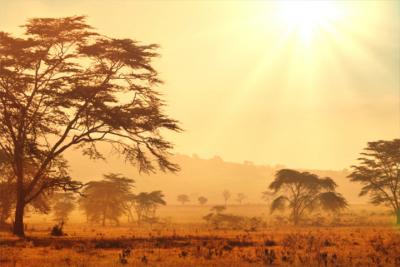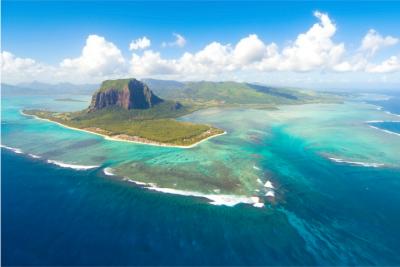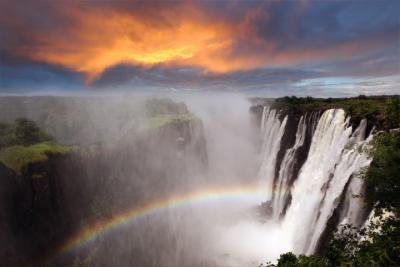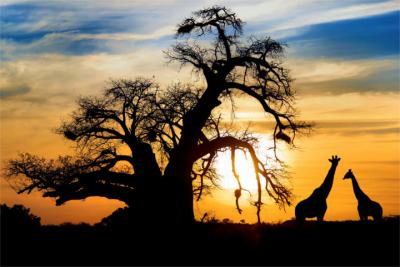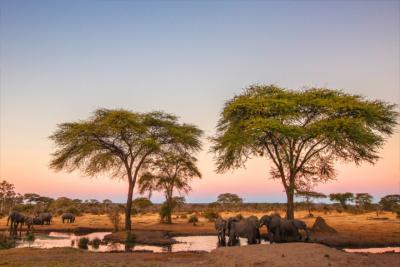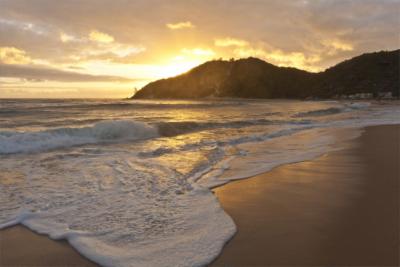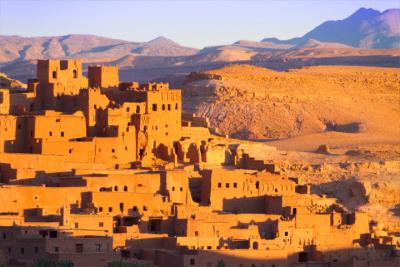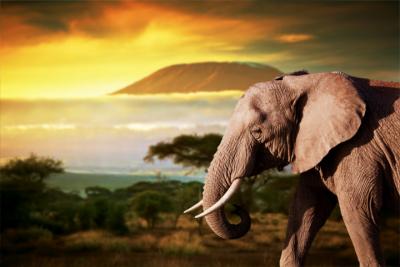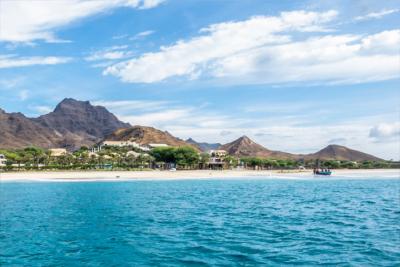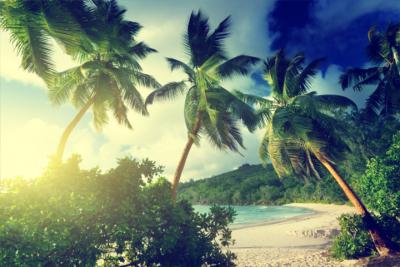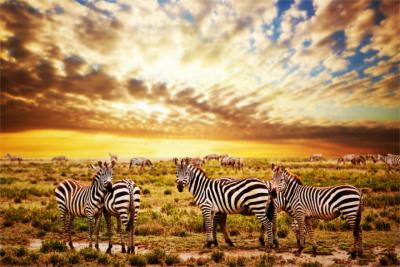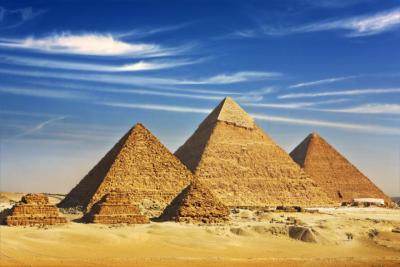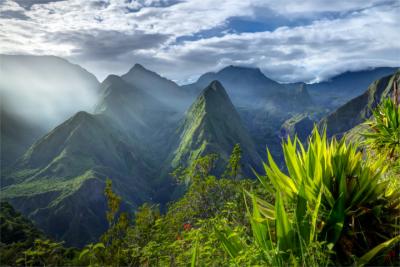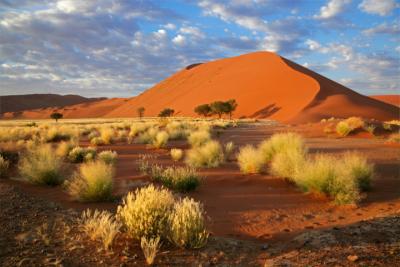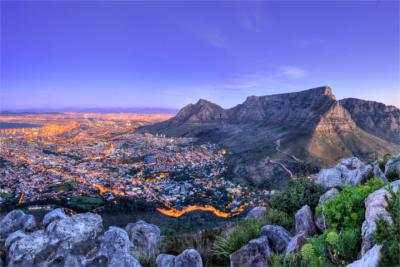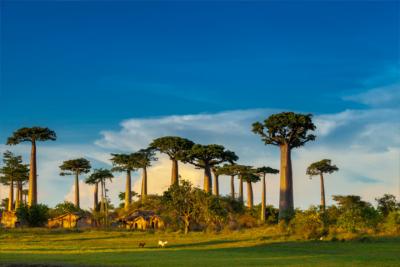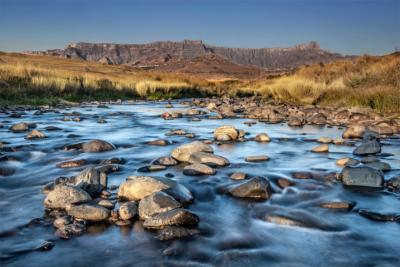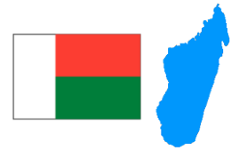Travel Offers
Travelmyne Featureprint
Distance
Madagascar – A Unique, Exceptional World
Thick, lush rainforest, cheeky lemurs, savannas, beautiful gorges, mountains, bays and volcanic lakes – Madagascar presents a unique landscape, flora and fauna. In addition, it holds testimonies of ancient cultures, which make the country a fascinating travel destination.

Geography - The fourth biggest island on earth
Madagascar, the fourth biggest island on earth, lies about 400 kilometres from the south-east African coast. It is separated from the mainland by the strait Mozambique Channel and is enclosed by the Indian Ocean. The island's core area consists of a plateau. Toward the centre, the landscape rises and reaches its highest point in the island's centre with the mountain Maromokotro (2,876 m). The coastal region is flat. Madagascar is dominated by tropical climate with rainy and dry seasons, which causes average temperatures of 25 °C.

Nature - An isolated, unique environment
Due to the long period of isolation from the mainland, a unique environment emerged on Madagascar. About 80% of the native plants and animals you find on Madagascar exist in no other place on earth. Vast areas are covered in thick, lush rainforest. Furthermore, there are savannas vegetated by many grasses – for example the elephant grass which reaches heights of up to six metres – trees and shrubs. Another typical plant is the mighty baobab. At the coasts you find forests full of mangroves and impressive ferns. Since only a few predators live on the island, many species of lemurs - which you find nowhere else in the world - could develop here with the ring-tailed lemur as the most prominent example. Madagascar is also home to viverrids, tenrecs, bats and over 70 types of pet birds. Among the island's amphibians you find the famous mantellidae.

Natural sights - Wonderful national parks with extraordinary impressions
You can marvel at Madagascar's unspoiled, unique nature in the Bemaraha National Park, for example. It is characterised by the impressive mountains of the Tsingy with their rugged red canyons, caves and numerous pointed, towering limestone rocks, which string together tightly over vast areas. The region is also home to many rare lemurs and birds. The Andasibe-Mantadia National Park (east) and the Ranomafana National Park (north) also provide insights into the island's breathtaking nature. Near the city Ampefy travellers can visit the crater lake, the Analavory geyser and the Lily waterfalls. Among Madagascar's many beautiful bays, the one near the seaport town Antsiranana in the north is considered particularly scenic. The holy, partly hidden Lake Mangatsa, which is populated by morays, also fascinates visitors. Beautiful beaches, a wonderful landscape with volcanic lakes and a magical underwater world make the island Nosy Be in the north-west a popular destination. The city Mahajanga is a great starting point for discovering the beautiful coast with its vast beaches and fishermen's villages. The Tsaranoro Valley, for example, offers first rate conditions for hiking.

Culture - Time-honoured traditions
Madagascar was discovered by the Portuguese in 1500 but it was not developed for a long time after. In the 17th and 18th century, the pirates used the island's isolation as a hiding place. Later on, a state emerged with the Merina Kingdom. From 1896 to 1960 Madagascar was French colony. The population preserved many of their time-honoured traditions such as the ancestor worship, which is apparent in elaborate tombs decorated with artistic wood carvings. Sometimes the ancestors are even invited to celebrations – and they are dug out and carried into the house for such occasions. Astrology, natural sanctuaries, singing and playing music dominate the people's lives.

Cultural sights - Modern and historical buildings in the capital Antananarivo
The capital Antananarivo looks like a colourful quilt of modern and historical buildings which is filled with the lively daily routine of a city. The twelve holy hills, from where the Merina Kingdom once extended, also belong to the city. On the highest peak, the Analamanga, you find the royal palace Rova of Antananarivo with the Queen's Palace. The nearby hills accommodate a museum with archaeological finds, royal tombs, monuments, remains of the royal swimming pool and a typical upland village. Other attractions in Antananarivo are the pirate museum, the lemur park and the crocodile farm. An important cultural site is the royal hill of Ambohimanga with the "forbidden city" and the royal palace, which is shielded by a powerful stone gate. Ritual ceremonies take place in this holy place regularly.

Experience - Street theatre and markets in Madagascar
The Malagasy street theatre provides fascinating, entertaining insights into the country's culture. One event often consists of several performances which compete against each other. The role that music plays in people's lives is apparent from the Donia Music Festival on the island Nosy Be, which takes place in May every year. Especially the capital and Nosy Be have lots of bars, theatres, discos and night clubs for going out. Typical venues are the karaoke bars. Visitors who want to experience the Malagasy lifestyle should visit the markets. They offer traditional local goods such as lambas (traditional, patterned squares made of fabric), carvings, bracelets or embroidery. Rice is eaten with almost every meal – even breakfast. In addition, the inhabitants love fried and spicy food. Many desserts contain fruit, for example fried bananas or rice flour cake with fruit.
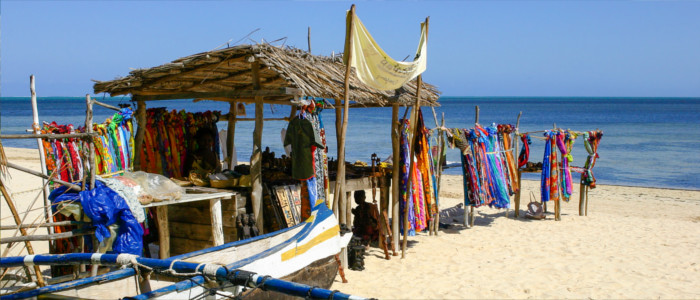
Activities - Relaxation and activity in the water
Madagascar is a paradise for discovering and experiencing unspoiled, unique nature – be it on foot, by boat or by Jeep. It also offers great conditions for climbing, horse riding, cycling and motorcycling. The scenic beaches invite visitors to relax at the water and several places are suited for swimming. In addition, you can dive, snorkel, surf and kitesurf on the island. A great location for relaxing is the thermal bath centre in Antsirabe, which is surrounded by volcanoes and crater lakes.

Information
You can reach Madagascar via the airport in Antananarivo (TNR). In addition, several cruisers put into harbour on the island. With so-called bush taxis you can travel on the island and there is a train connection between Fianarantsoa and Manankara, which runs through beautiful landscapes. Malagasy and French are the official languages. Visitors are advised to inform themselves about the country's current security situation beforehand.
Madagascar is the ideal destination for holidaymakers who want to experience unique, native nature as it could only develop in the isolation of an island. Especially the ruins, which show the royal splendour of bygone times, make the country attractive to lovers of culture.

